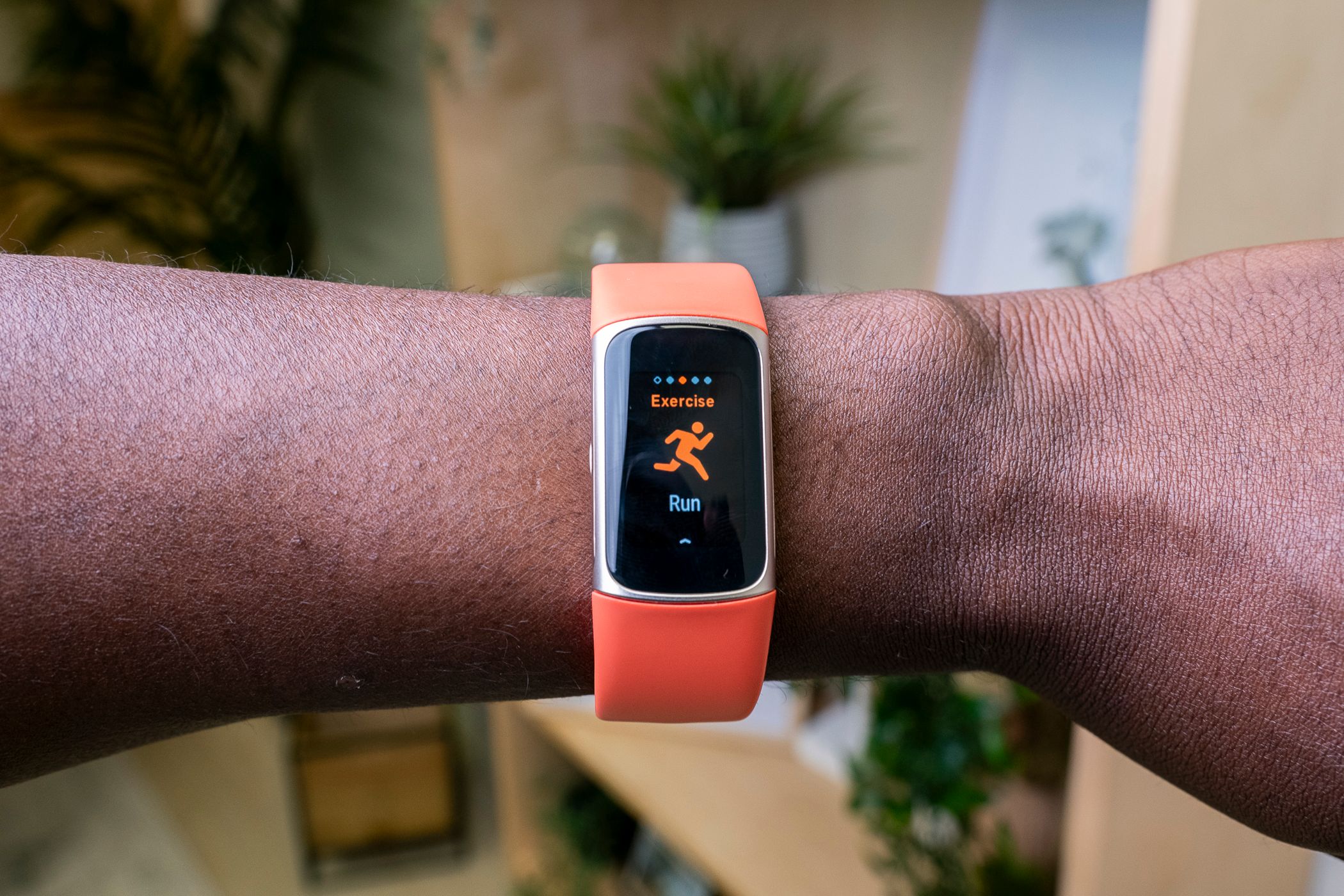Imagine a scenario where two executives make the same point at a high-level meeting: one receives nods of agreement, but the other is met with scepticism. For many female managers, the latter reaction is all too real. This invisible barrier, dubbed the authority gap, remains pervasive in working life.
It is defined as the disparity in how authority is perceived, acknowledged, and respected between different groups in the workplace, based on gender, race, class or other differentiating factors. Women, in particular, are often viewed as less competent or authoritative, even if they hold the same position or have the same qualifications as male counterparts.
“If women are being routinely undervalued, underestimated, patronised, not listened to as much as men, interrupted or talked over more than men, [having] their expertise disproportionately challenged and . . . their authority resisted, then they are not going to progress at the same rate as their male colleagues,” author Mary Ann Sieghart tells me. Her book The Authority Gap, published in 2021, studied why women are still taken less seriously than men in the workplace.
Other research reaches similar conclusions. Women can find their ideas dismissed, and their contributions overlooked or attributed to others — leaving them needing to prove themselves more than male counterparts to gain the same level of respect. Confidence in women’s leadership capabilities is lower, which has a knock-on effect on job opportunities. Microaggressions — subtle forms of bias, such as interrupting in meetings — also reinforce the perception of women having less authority.
According to the Women in the Workplace report, published in September by LeanIn.Org and McKinsey, and based on surveys of more than 15,000 employees in the US, 38 per cent of working women encounter remarks or interactions that challenge their competence or undermine their leadership, versus 26 per cent of men who report the same. Around 39 per cent of women say they are frequently interrupted or spoken over, compared with 20 per cent of men. Additionally, 18 per cent of women have been mistaken for someone in a significantly more junior role in their organisation, compared with just 10 per cent of men.
FT Edit
This article was featured in FT Edit, a daily selection of eight stories to inform, inspire and delight, free to read for 30 days. Explore FT Edit here ➼
In recent years, there has been a huge drive to appoint more women to boards and to enlarge the pipeline of potential senior managers. This acknowledges that management teams have failed to reflect their organisations more broadly, their customer bases — or society, itself.
But behaviours such as being talked over — indicating the existence of an authority gap — only serve to undermine these efforts to boost the representation of women.
“Each of these actions actually dents your confidence,” says Sieghart. “Women are also going to feel less engaged and more frustrated in the workplace. Women who say they don’t feel included in the workplace are three times more likely to quit than those who feel included.” As a result, many women prematurely leave jobs that are pathways to promotion — to board roles or less senior positions.
Women already often find themselves in a double bind at work — for example, being penalised for both over- and under-confidence, displaying ambition or lack thereof, or criticised for how they speak and dress. Studies suggest female executives are punished far more quickly for mistakes, and their tenure in executive life is often shorter than that of their male counterparts. It is no wonder, then, that many women think workplaces still have a long way to go to achieve improvements in these areas. In the meantime, there is a tendency to want to “fix” the women, by offering training on issues such as how to resolve conflicts and boost assertiveness.
The Women in the Workplace report also reveals a widening gap between men’s and women’s views on gender progress in the workplace. Men generally have a more optimistic outlook, believing that women have made significant advances and that workplaces are increasingly supportive of their growth.
This optimism is especially pronounced among senior-level men, who are the most confident and least aware of the challenges women still face. According to the data in the report, nearly nine in 10 senior male leaders believe opportunities for women’s advancement have improved, and only one in 10 observe microaggressions against women in the workplace. One senior male executive told me recently that most workplaces in the UK and the US were now “hostile” towards men.
A growing backlash against inclusion initiatives, particularly in the US, is further undermining women’s cause, the authors of the report point out. “Company commitment to diversity is declining,” they write. “At a moment when companies should be doubling down on their efforts, there are early signs they are pulling back.”
A tougher business environment is not helping. After the pandemic, when the labour market was tight, companies focused on wellbeing in the workplace as a means to hire and retain the best workers. As the economic environment has become more difficult, companies are reverting to old ways of doing business.
If organisations are committed to advancing women, they must go beyond simply increasing representation of women in senior roles. This requires a fundamental shift in how authority is recognised and respected. Until workplaces address this head-on, efforts to boost diversity will remain hollow, and some of their best talent may continue to walk out of the door.











